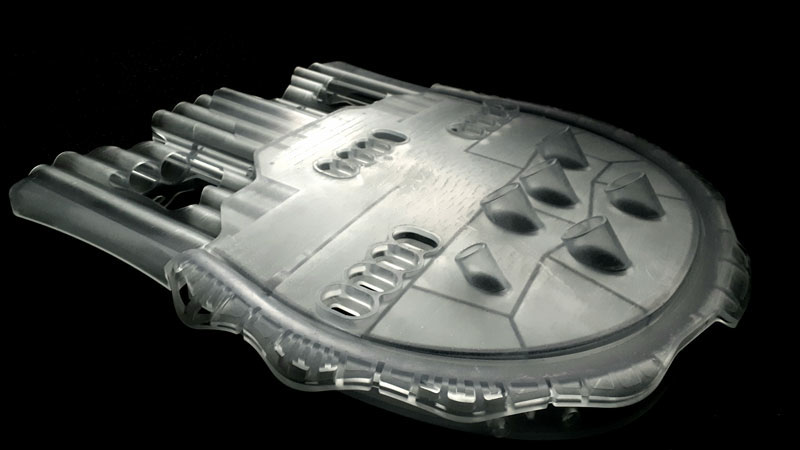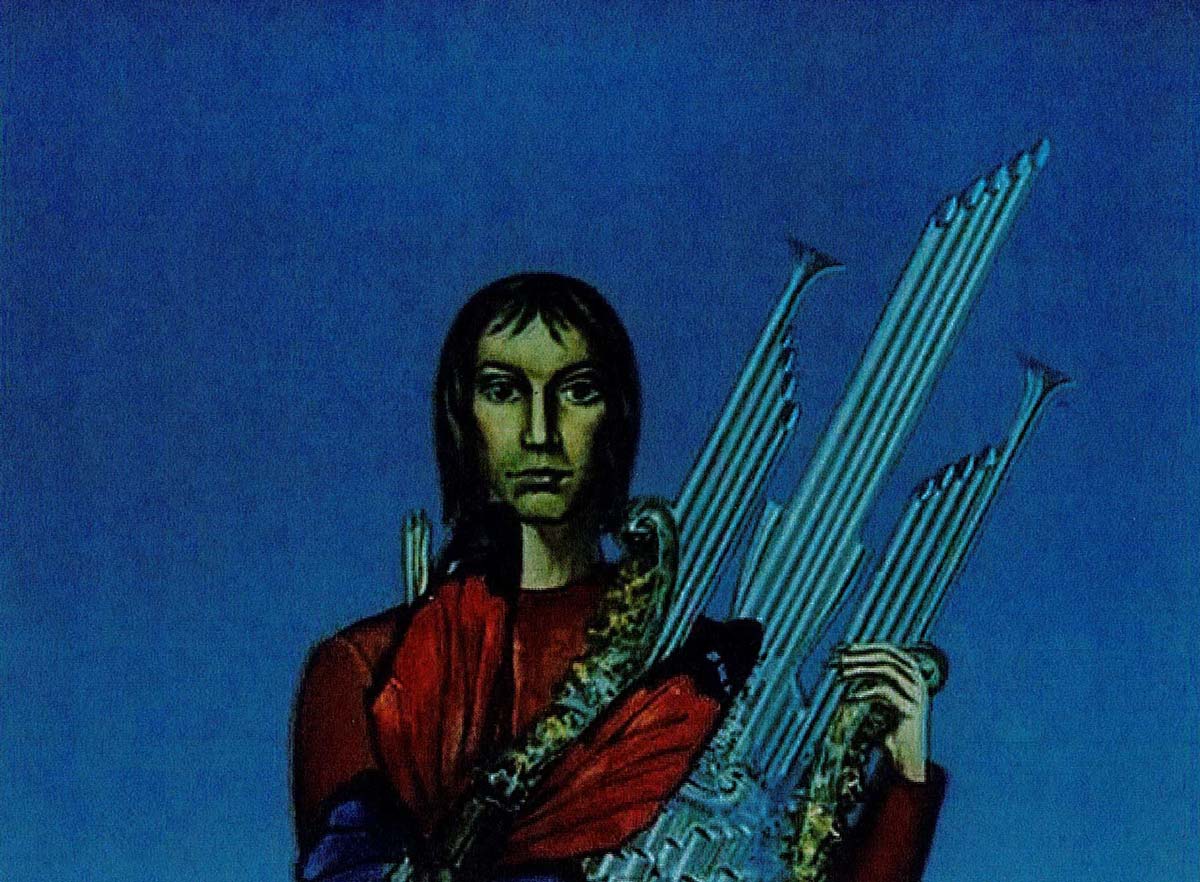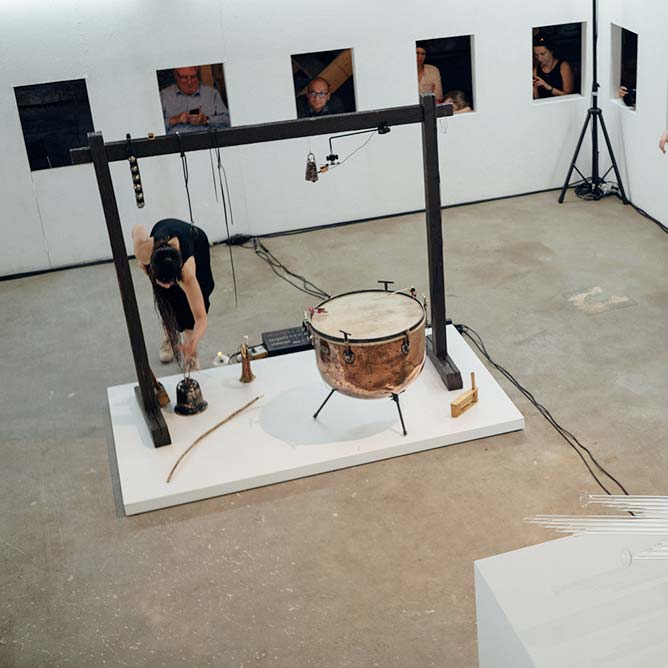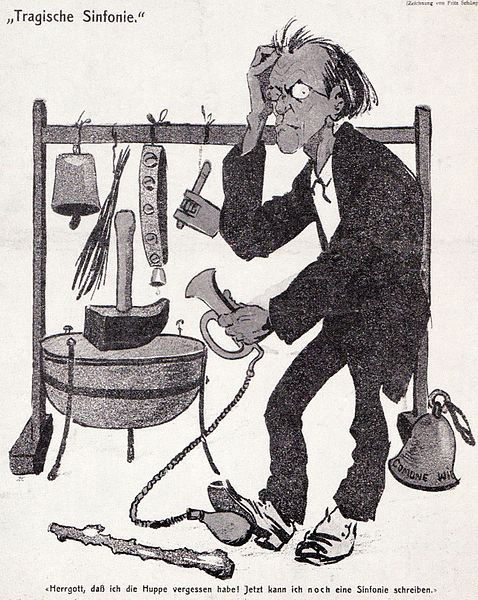Flatlands is cross-disciplinary work that is based on three ambiguous pictures from different historical periods and contexts, each containing a musical instrument. All pictures reflect the social values of their day, and they share an underlying theme of silencing. In the project, the pictures were used as models for three unique objects of art: a bamboo instrument, a glass instrument, and an instrument of readymades. The Flatlands project also included musical performances by Ruscica and musicians, presented in Rauma, Helsinki and Riga in 2018.
Musicians developed novel techniques for playing the unique objects. In the project performances, the glass instrument was played by saxophonist Linda Fredriksson, the bamboo instrument by keyboardist and harpsichordist Matias Häkkinen, and the instrument of readymades by electronic musician Sara Milazzo.














